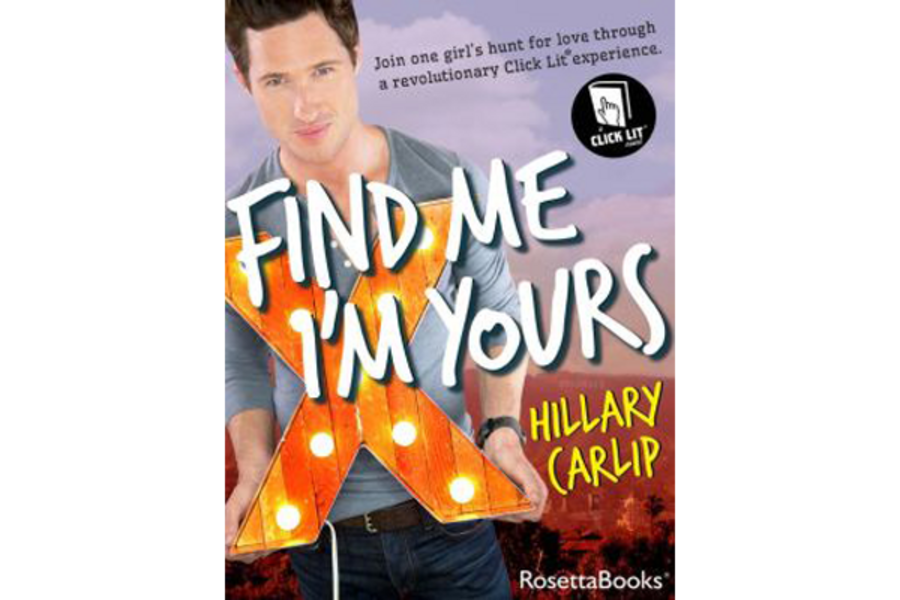Would you read a book sponsored by Sweet'NLow?
Loading...
This e-book is brought to you by .... Sweet'N Low.
That's right, the latest frontier in product placement has gone where few ads have gone before: books.
The newest poster child for literary product placement is "Find Me I'm Yours," by Hillary Carlip, an e-book chock-full of brand name mentions, not the least of which is Sweet'N Low, which paid publisher Rosetta Books $1.3 million to fund the project and have its product placed in the narrative.
That's according to The New York Times, which reported in detail on the Rom-Com e-book and the new frontier in digital lit that it represents.
The book follows the story of Mags, a young woman and struggling artist living in Los Angeles who discovers that her boyfriend is cheating on her. She finds a romantic video of a handsome stranger, then sets out on a scavenger hunt to find him, taking readers along for the ride.
Where does Sweet'N Low come in? Its integration into the narrative is a testament to Carlip's creativity.
As the Times reports, "In one scene, Mags, a Sweet’N Low devotee, shows off her nails, which she has painted to resemble the product’s pink packets. In another, she gets teased by a co-worker for putting Sweet’N Low in her coffee."
“Hellooo, isn’t it bad for you?” the friend asks. Mags replies that she has researched the claims online and found studies showing that the product is safe: “They fed lab rats twenty-five hundred packets of Sweet’N Low a day.... And still the F.D.A. or E.P.A., or whatevs agency, couldn’t connect the dots from any kind of cancer in humans to my party in a packet.”
Clearly, there's more to this e-book than meets the eye. In fact, it's not just an e-book. "Find Me I'm Yours," is actually a series of websites and web TV shows, and a vehicle for product placement. For example, the author and the team behind the book built 33 websites that link back to the storyline. As they progress through the book, readers can click on websites like Bridalville, the bridal humor website where Mags works, and read articles and watch videos, or visit Freak4mypet.com, a site where Mags’s ex-boyfriend posts photos of her dogs.
Those related websites serve several purposes – they flesh out the narrative with multimedia elements; they can host sponsored content like ads from pet companies; and they invite readers to interact by reading, posting their own content, or engaging with other readers.
The book and related materials took three years, $400,000, and a team of 35 writers, web developers, and social media whizzes working out of three bungalows in Studio City, Los Angeles, to create.
Clearly, this is not your grandmother's worn copy of "Little Women."
"[I]f it succeeds, it could usher in a new business model for publishers, one that blurs the lines between art and commerce in ways that are routine in TV shows and movies but rare in books," writes the Times.
It's not the first e-book that has dabbled in product placement. The Wall Street Journal reported on one of the first, an account of a cross-country road trip by author Harry Hurt III in 2011.
But it is perhaps the first extensive e-book project that centers on commercial placement – a new frontier for literature that brings new money-making opportunities for a struggling publishing industry, as well as complex questions about art and ethics.







